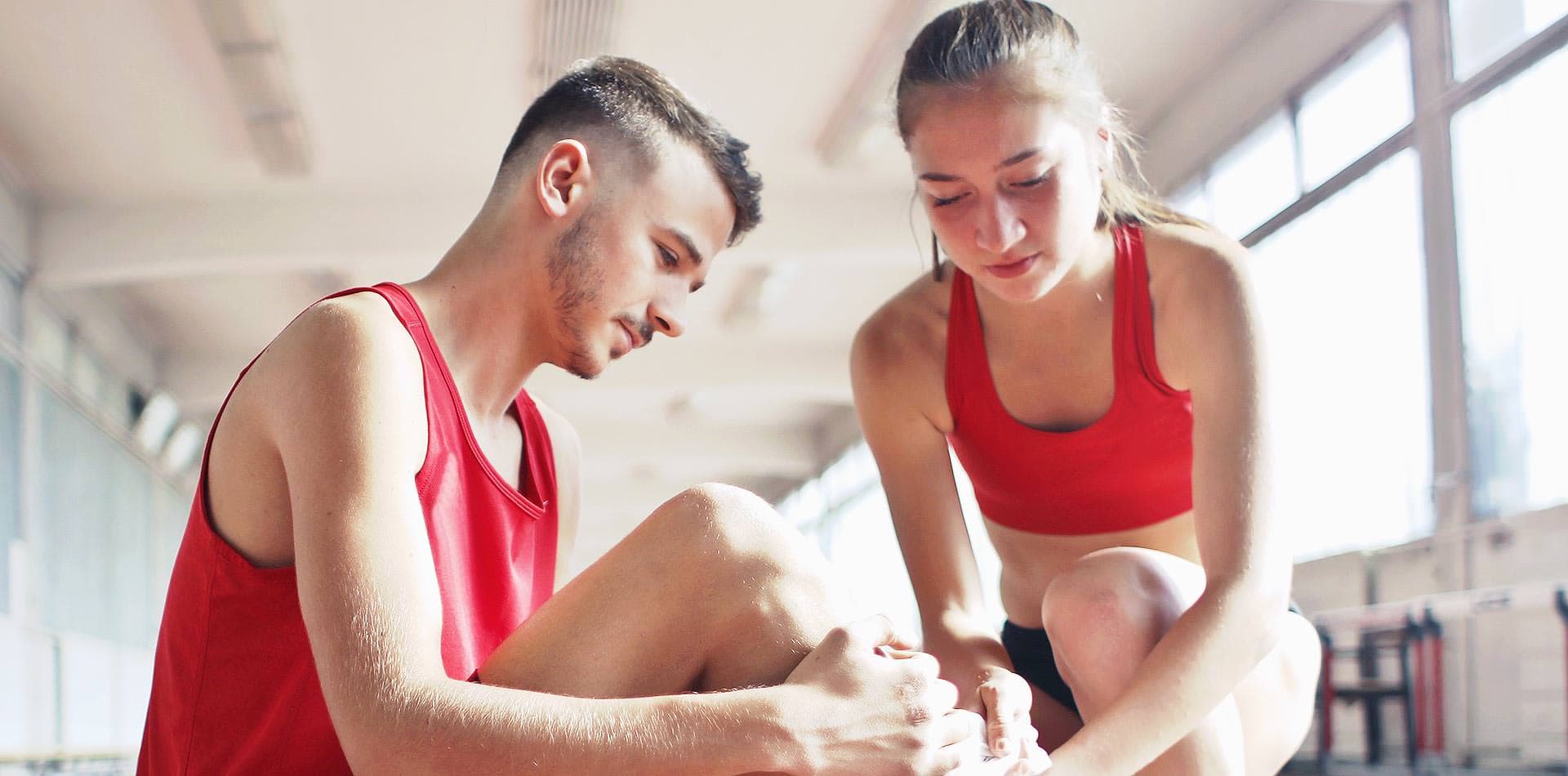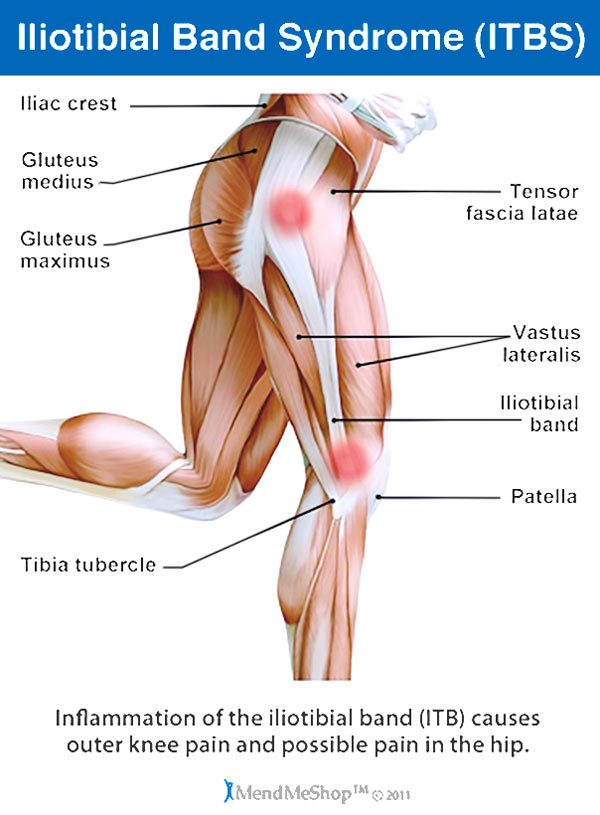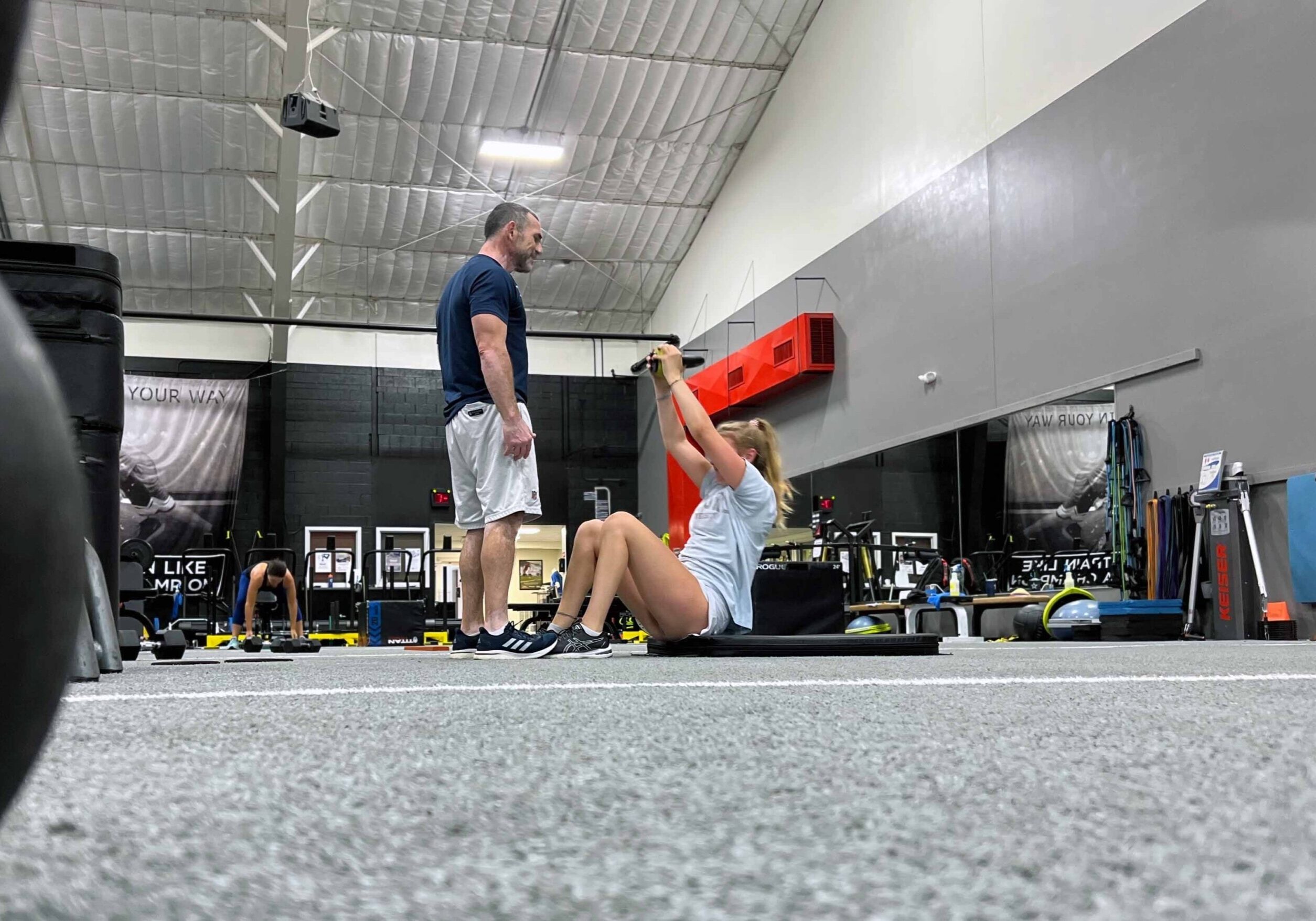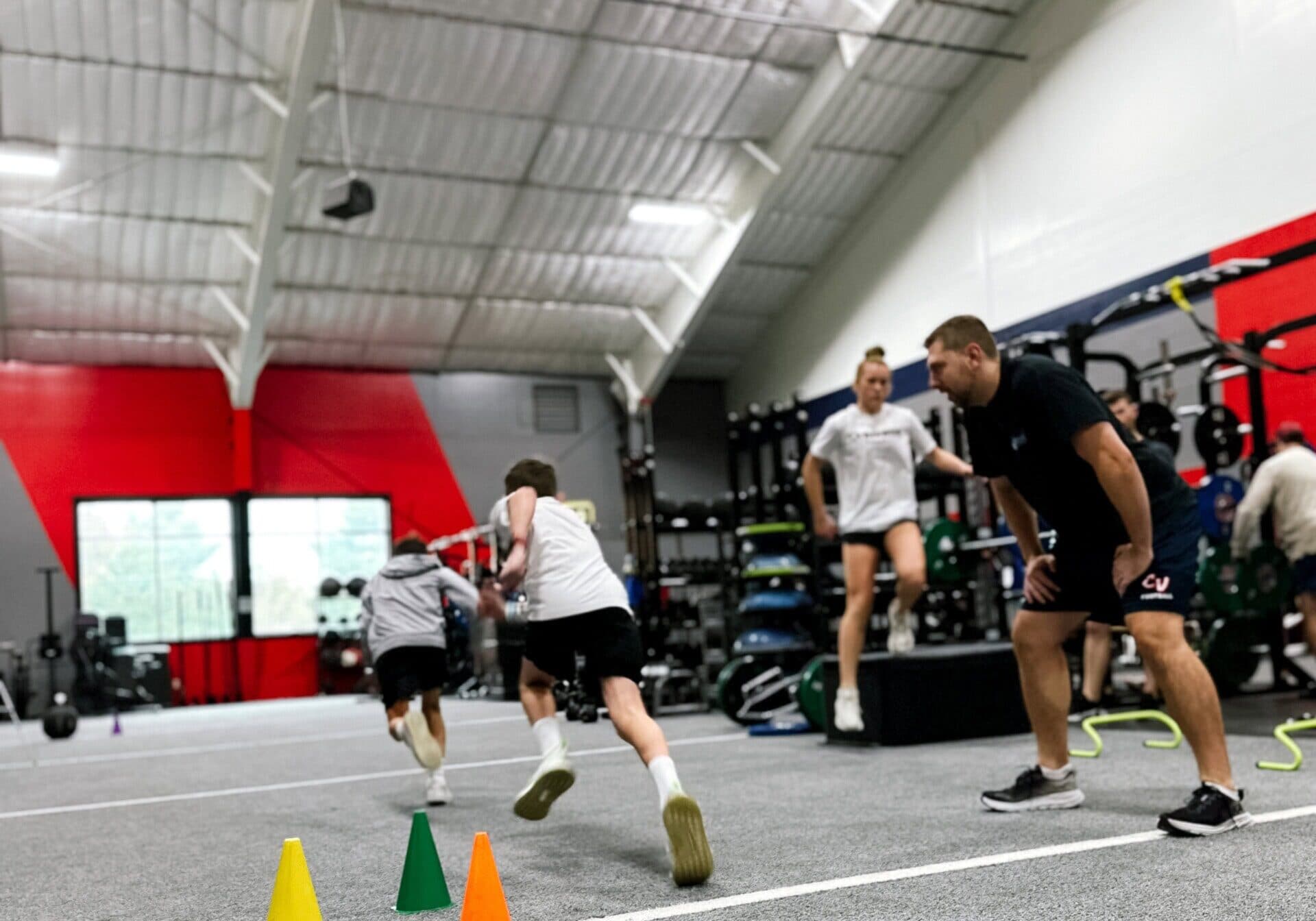
Preventing IT Band Syndrome: Advice for Runners
It’s that time of year where runners are training for their Fall half-marathons, triathlons and races; with training comes the risk for serious runner injuries. One of the most harmful and common injuries for runners is iliotibial band syndrome.
At Universal we have plenty of members and staff who are active runners. Which is why we wanted to provide some preventative measures and advice for our local runners out there!
Where Exactly is Your Iliotibial Band?
The Iliotibial Band (IT Band), is the tissue that connects the muscles of the gluteal region (gluteus maximus and gluteus medius) to the tendon on the outside of tibia bone right at the knee joint. The IT Band is made up of connective tissue that is very dense, much like a tendon. For a better visual, view the featured diagram below.
The main function of the IT Band is to allow the gluteal or hip muscles attached to stabilize the pelvis and knee while standing, walking, and running.
What Causes IT Band Syndrome?
Most people are more predisposed to the syndrome than others due to body mechanics and flexibility issues, but there are a number of other contributing factors that can lead runners being subjected to IT Band Syndrome.

Iliotibial Band Syndrome (ITBS), liac crest, Gluteus medius, Tensor fascia latae, Gluteus maximus,Vastus lateralis, Iliotibial band, Tibia tubercle, Patella, Inflammation of the iliotibial band (ITB) causes outer knee pain and possible pain in the hip, MendMeShop TM ©2011
Factors that Cause ITBS:
- Running surfaces
- Change in running speeds
- Over training (increasing mileage too much too fast)
- Improperly-fitted shoes
- Improper warm-up and stretching
- Over pronation of the ankle/feet, knee valgus (bow knee)
What Are Indicators of Band Syndrome?
In most cases pain is absent at rest, but tenderness may be felt along the outside of the knee at the tendon attachment. Typically an individual suffering from Band Syndrome can remain at rest for a period of time until the symptoms go away, only for the pain to return once training resumes. The more overuse, the worse the injury becomes.
Symptoms May Include:
- Pain over the outside of the knee, which will get progressively worse over time
- Tightness of the IT Band, hip flexors and calves
- Discomfort with walking or running downhill or downstairs along the outside of knee
How Can You Treat ITBS?
Beginning Recovery Stage:
- First and foremost, while running, as soon as you feel a sharp pain on the outside of your knee that doesn’t go away, stop running. Do not attempt to run through this injury. You will only make things worse.
- The next step is to get home, rest, apply ice, and try a gently friction massage of the tendon.
- Take some time off from running to allow the inflammation of the tendon to go down.
- Do cross training such as elliptical, bike or swimming as long as there is no pain.
Long Term Recovery Stage:
- Slowly ease back into running. Do not over train.
- Use an IT Band strap, athletic tape or Kinesio tape, which can all be purchased at most local drugstores.
- Icing may continue after runs and stretching, as well as foam rolling, both of which are excellent ways to continue the healing process.
How Can You Prevent ITBS?
Appropriating Body Mechanics & Corrective Footwear:
As mentioned before, body mechanics are important. Make sure you are not over pronating when running or bowing your knees can be a good way to prevent ITBS. Having a Physical Therapist evaluate for these issues can be helpful. Make sure you are fitted with the correct shoes and possibly orthotics may be necessary.
Do Not Over Train Your Body:
Over training is another huge mistake runners make. It is important to slowly increase your mileage per week over time if you are training for a long distance run. Also, watch your pace. Do not go out too fast too quickly. It takes time for your body to adjust to the rigors of both speed and endurance of running. Be patient!
Practicing Specifically Designed Exercise & Stretching Regimens:
Exercises are of utmost importance. A high percentage of people (even athletes) have weak hip muscles, especially hip abductor muscles that control movements of the leg outwards and helps stabilize the pelvis. This is why so many people suffer with ITBS. At Universal, we suggest these 7 exercises specifically designed to help strengthen your hip muscles in order to improve your IT Band function. Additionally, foam rolling and stretching are important, but not addressing the core strengthening of the hip muscles will not solve your problems with the ITB. If you are a local runner and need specific assistance at any time, check out UAC Member Services and learn how a Personal Trainer can help you with your needs.
In conclusion, the IT Band is a very complicated, large connective tissue that is extremely important to monitor. It’s important to listen to your body and take the proper precautions. Happy Running!




